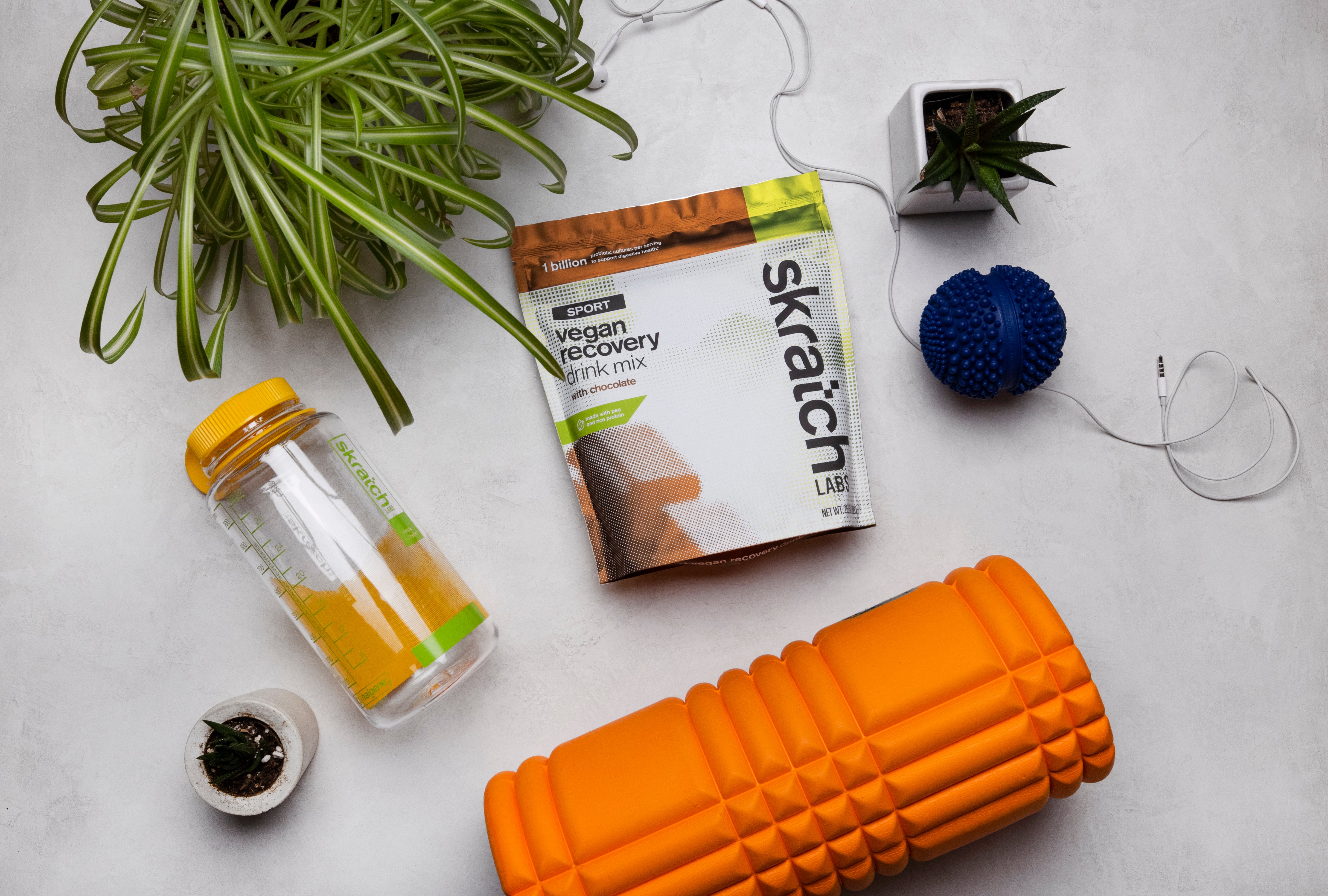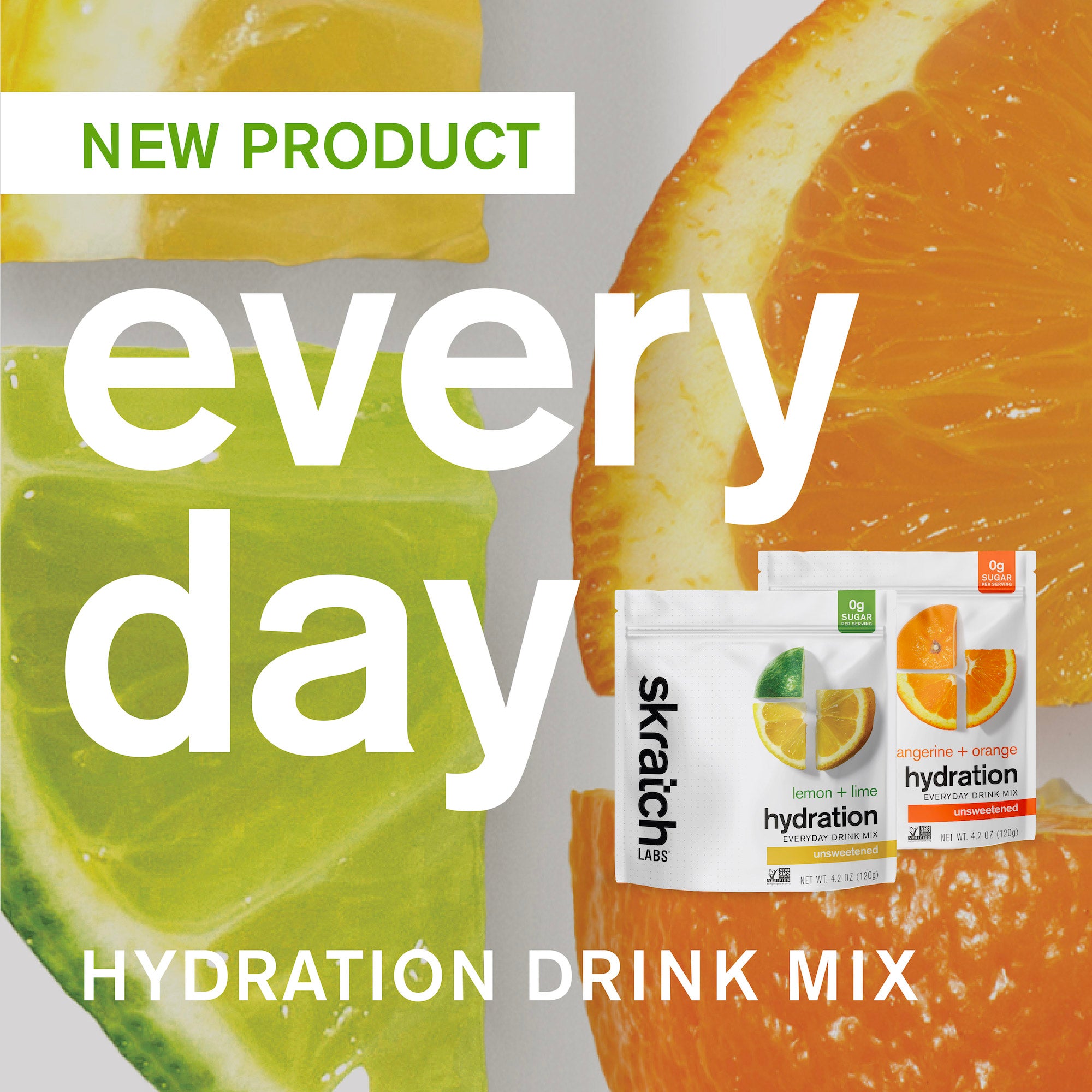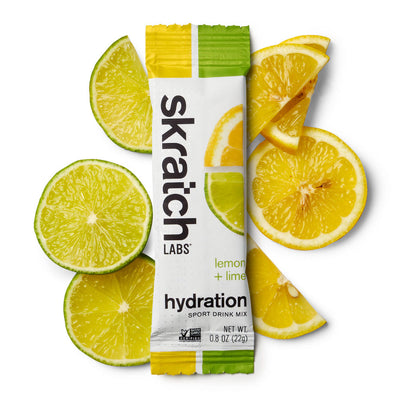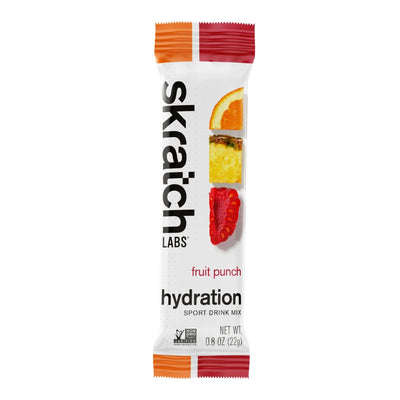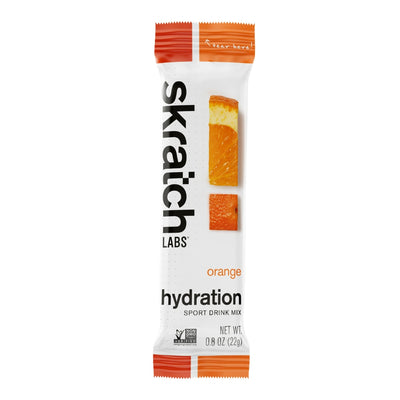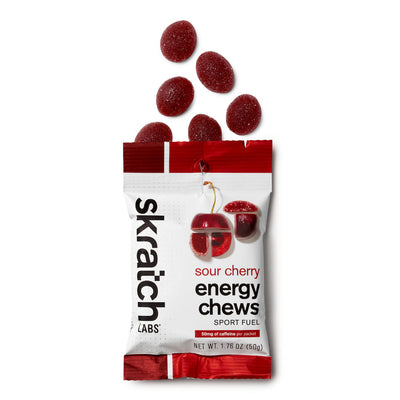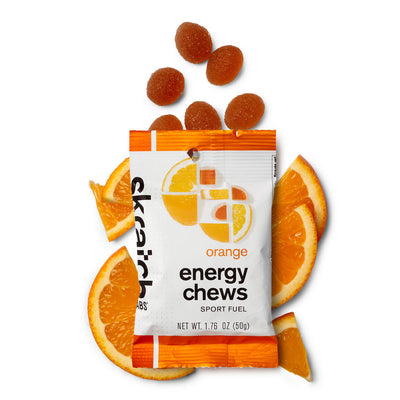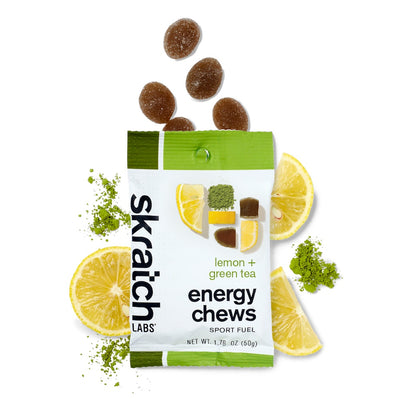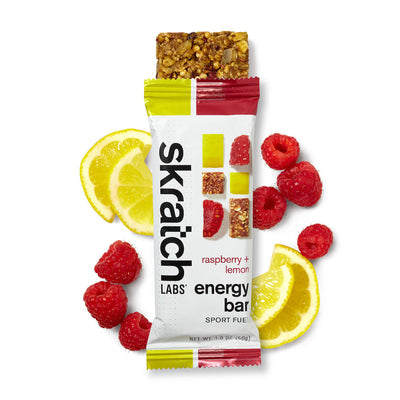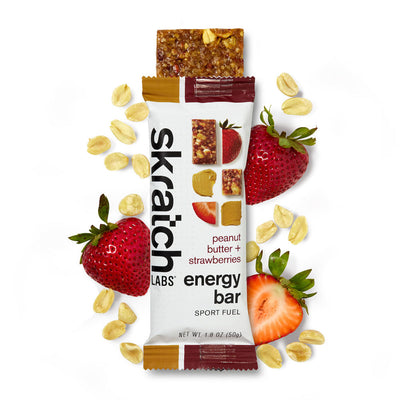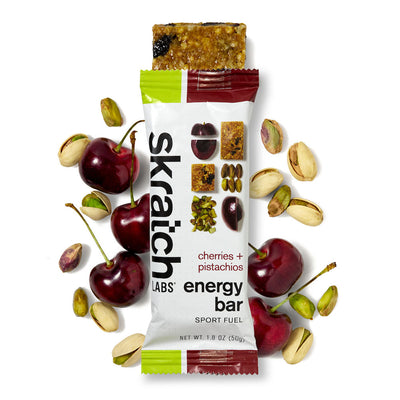Why we use Sodium Citrate vs. Sodium Chloride

Get ready for some sodium overload... in a good way. There are different forms of sodium and you'll see different ones used in a range of places. But as with all things at Skratch we wanted to be thoughtful in every ingredient we used and the type of sodium was part of that process. Here's the long and short of why we use Sodium Citrate, straight from Dr. Allen Lim.
Reasons why we chose sodium citrate, over sodium chloride. And why we didn't reintroduce chloride:
- Reduced Intestinal Irritation: We found that replacing sodium at a concentration equal to sweat loss using sodium chloride resulted in a high amount of chloride ion that irritated the small intestine or gut of many of the athletes we worked with. Citrate is very well tolerated so one part of the decision to go with sodium citrate was to reduce GI-distress stemming from high concentrations of chloride in solution. This chloride irritation only seems to occur when high amounts of table salt are in solution. We have not observed this irritation to occur when table salt is used in solid foods.
- Chloride Replacement is not Critical During Exercise: Although acute sodium loss from sweat can lead to a number of problems and hyponatremia if an excess of water is consumed relative to sodium loss, there’s no evidence that acute depletion of chloride ion during short or long term exercise from sweat loss is problematic if not replenished. One hypothesis for this observation is that while chloride is important in the creation of the chemical-electrical gradient across cells which form action potentials or electrical signals across the nervous system, chloride ion is a static ion - meaning it does not move across the cell membrane to create an electrical impulse. Sodium, however, does move across a cell membrane to form an action potential - a movement that is dependent upon the concentration of sodium since the flow of sodium is dependent upon a concentration gradient. Because chloride ion does not need to move, changes in its concentration do not adversely affect action potentials. In addition, many proteins on the outside of the cell are negatively charged, thus, the depletion of chloride ion itself does not critically affect the electrical gradient across the cell membrane. Because chloride ion depletion is not acutely critical to exercise performance, we realized we did not have to replace it in our Sport Hydration Mix. That said, there’s no current literature on long term depletion. Thus, we do recommend athletes consume regular table salt or sodium chloride as part of their regular diet and in the preparation of solid foods, but not in drink solutions with athletes who are sensitive to chloride.
- Citrate is Metabolized in the TCA Cycle (aka., Tricarboxylic Acid Cycle, Kreb’s Cycle, Citric Acid Cycle): One of the advantages of using citrate is that it is metabolized and used as a substrate for fuel in the citric acid cycle. Typically, the citric acid cycle is primed by the oxidation of carbohydrate. This metabolic pathway is critical to the oxidation of both fat and carbohydrate. It’s a critical hub for metabolism and energy production. TCA cycle intermediates can be depleted during exercise (anaplerotic reaction). Thus, we think the addition of citrate into the system can be important to the maintenance of TCA cycle function.
- Buffering Effect: One of the advantages of metabolizing citrate which is a negative ion, is that when the relative number of negative ions in the body is decreased (e.g., Cl-) and the number of positive ions is increased (eg., Na+), there is a slight buffering effect also known as the Strong Ion Difference. Because exercise can create a slight metabolic acidosis, the use of citrate helps to act as a buffer due to the innately high buffering capacity of sodium citrate and also due to the Strong Ion Difference resulting from the consumption of citrate by the TCA Cycle.
- Reduced Osmolarity: We use Trisodium Citrate in our Sport Hydration Mix, which means that three sodium molecules are attached to one citrate ion. Thus for the same amount of sodium we significantly reduce the molecular concentration of our sports drink. This lower osmolarity enhances the gradient for water absorption via osmosis in the small intestine, which ultimately speeds up hydration and reduces the potential for gastrointestinal distress.
- Taste: Sodium citrate tastes much better than sodium chloride imparting a more tart flavor rather than a classic “salty” flavor.



